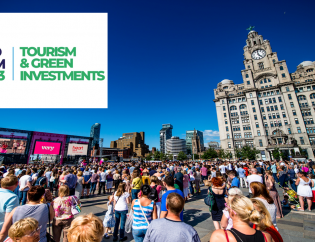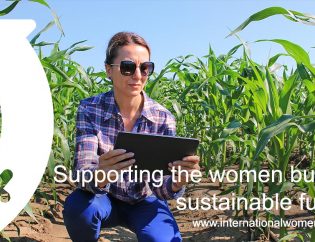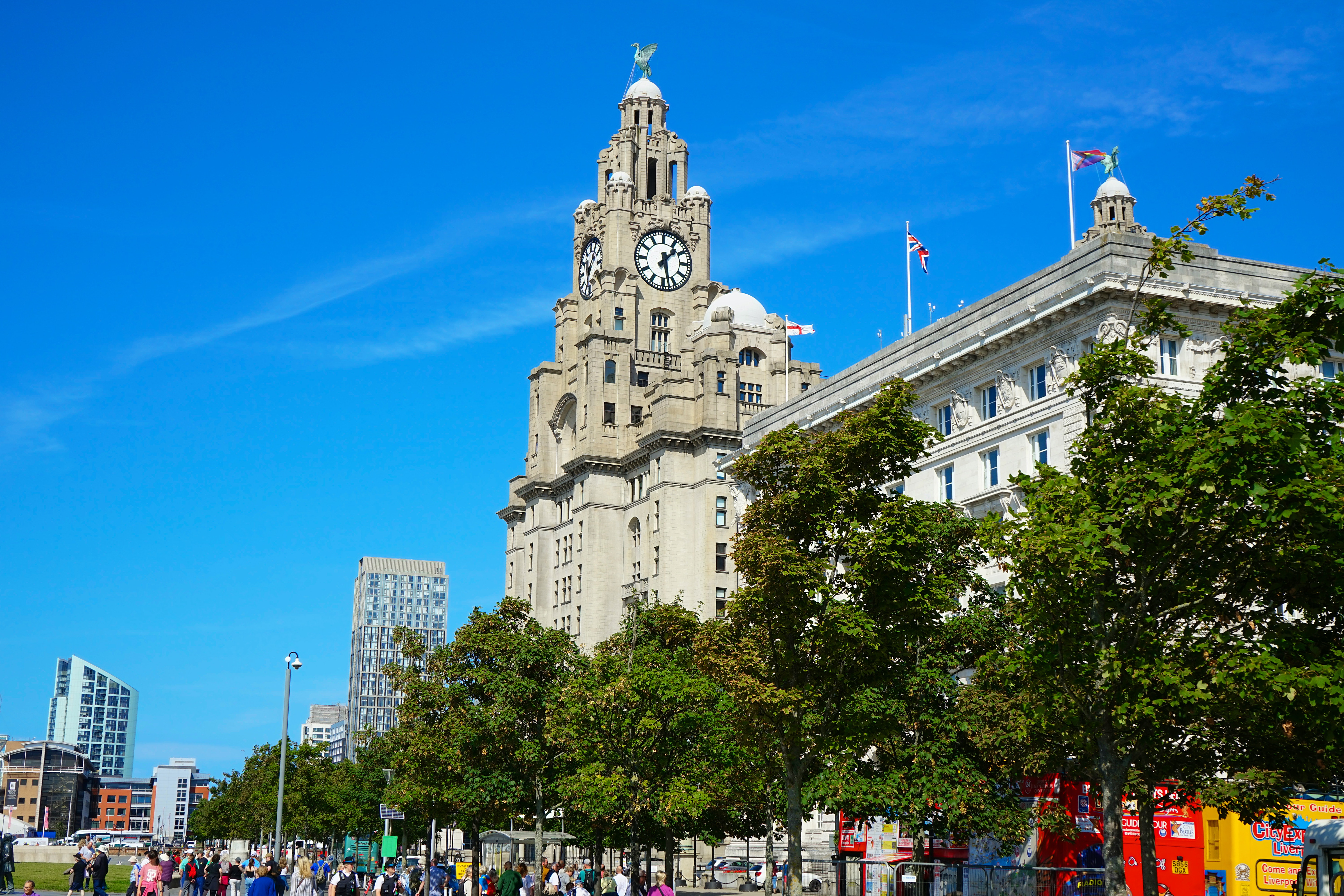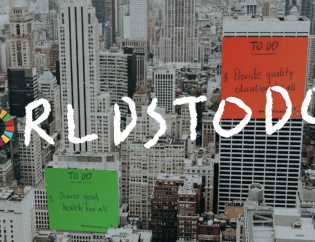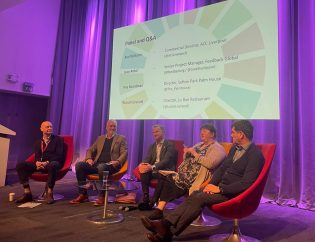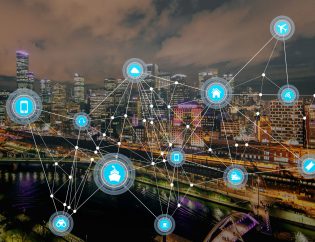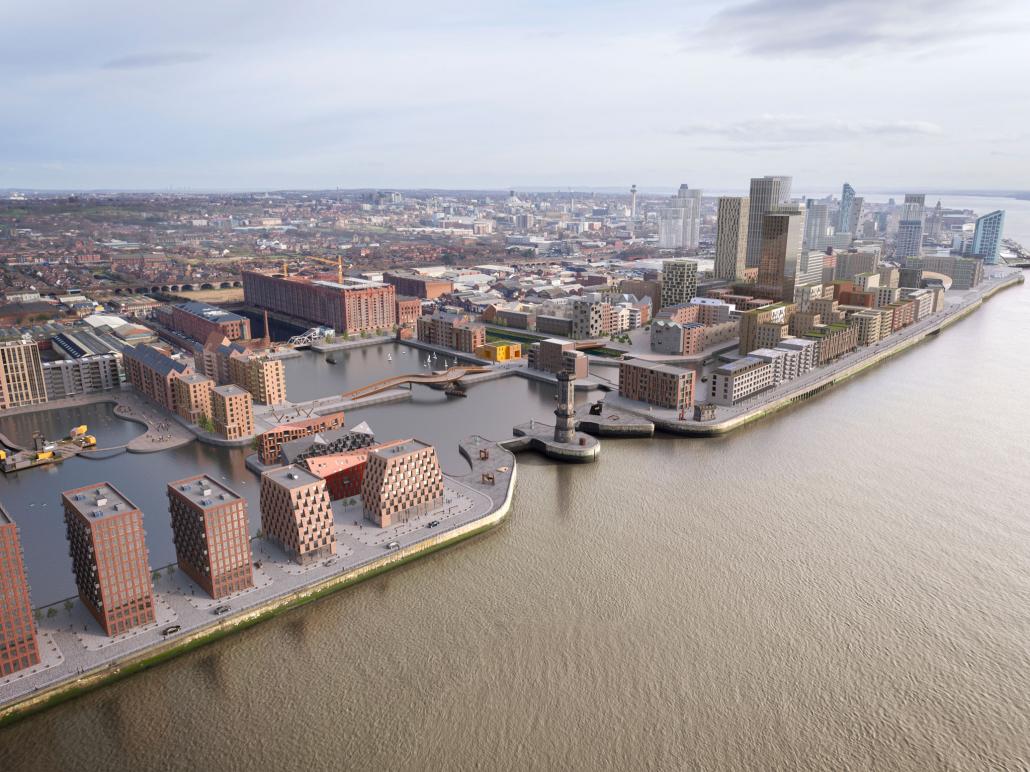
Jo Holden, Sustainability Director at Peel L&P is a true local sustainability champion and launches this first in a series of leadership interviews.
Our aim is to offer real world insight into sustainability and Sustainable Development Goals (SDG) across the Liverpool City Region and also from a few not-so-local global friends and thought-leaders.
Peel has a significant property portfolio across both sides of the River Mersey, and way beyond, and Jo has been responsible for a three year evolution and growth of what has become one of the region's earliest and progressive SDG adopters.
Who is Peel L&P?
We are an ambitious regeneration business with generations of history, heritage and expertise in our DNA. First established in 1971, Peel L&P is now responsible for some of the most transformational development projects in the UK today, such as Liverpool Waters, Wirral Waters and MediaCityUK.
Owning and managing 12 million sq ft of property and 20,000 acres of land and water, our holdings are concentrated in the north west of England but we also own and manage significant assets throughout the UK with a total portfolio value of £2.6 billion.
Our legacy matters. We take great pride in the outcomes we achieve, the people we work with, the way we go about our business and the transformational projects we deliver to make a positive impact on people’s lives.
How would you describe your role Jo?
As the Sustainability Director of Peel L&P, my role is to embed a culture of sustainability in everything we do. This means I have a wonderfully varied role, working with lots of different people across our business to set sustainability strategies and policies, nurture innovative projects and identify future trends in sustainability for us to consider. In a single day I can be helping our Green Team to run an Energy Saving Campaign for staff in the morning, followed by talking to development teams about how to reduce embodied carbon and increase biodiversity in their projects, and then presenting to external stakeholders on our Sustainability 5 Year Business Plan in the afternoon – there is never a dull moment!
Is it just you?
At the moment the Sustainability Team is comprised of myself and Laura Atkinson, my Sustainability Assistant, plus an extended family of 6 Energy Champions across the business who look after energy efficiency opportunities on specific sites in line with ISO 50001. I also use the skills of about 10 external consultants on particular subjects. Ultimately, the aim is for everyone in the business to play their own part in sustainability.
Peel L&P is leading and embracing the SDGs. Why?
The SDGs set a stable framework at a UN level for us to follow and they make sense. I don’t think any company can argue with the high level aspirations of the 17 Global Goals to end extreme poverty, inequality and climate change. In particular, we have chosen to focus on SDGs 8, 11, 12 and 15 which are the most significant to our business activities and are the ones we think are most important to our stakeholders. Because the goals resonate with our people, it has been easy to gain buy-in and to embed them in our Sustainability Five Year Business Plan.
Aren’t the SDGs a framework just for governments and corporates?
The SDGs are for everyone. On the surface they may look like they are for governments but by taking a closer look and thinking about how they could apply to you and your business, it starts to become clear that everyone needs to play their part in a way that is relevant to them.
What SDGs did you prioritise and why?
As a regeneration business, placemaking lies at the heart of what we do. We aim to deliver benefits to communities and the environment through our activities, which means improving local economic prosperity, taking responsibility for the environment and creating the right kind of places for different types of communities. Creating sustainable cities and communities (SDG 11) and generating decent work and economic growth (SDG 8) go hand in hand with our placemaking philosophy. Ensuring responsible consumption and production (SDG 12) across our existing portfolio of assets and sustainably managing life on land (SDG 15) across our 20,000 acre landholdings are important elements of future-proofing our business activities.
What would you consider your biggest sustainability success at Peel L&P?
Until this month, I would consider publishing the Peel L&P UN SDG-led Sustainability 5 Year Plan to be my biggest success in the 3 years I’ve worked here. However, we have just announced that 11 of our buildings have been third party verified to the UK Green Building Council’s definition of net-zero carbon. This is not easy to achieve and is a first for the UK, although it represents the culmination of 6 years work for us on monitoring our energy use, targeting energy efficiency opportunities and achieving energy reduction targets required as part of the ISO 50001 energy management system. Since 2014, we have decreased our energy use by nearly 16% and saved over 10,400 tonnes of carbon dioxide, which is the amount of CO2 3,600 oak trees would absorb in 100 years.
What have been the key lessons learned in steering Peel internally and winning additional support?
Build relationships. Pushing the sustainability agenda forward is as much about the relationships you have with people as it is about the subject matter.
Were there any particular barriers you are happy to share?
Peel L&P is a large and complex business so it takes time to get to know people and to understand how things work. However, people are very friendly and willing to share their knowledge with you. I also have to appreciate that business units have their own priorities, so the timing of proposals needs to be considered in terms of business activities and cash flow.
Suppliers are a key element of your SDG plan. Does that mean suppliers with stronger social or environmental credentials have a better chance of winning you as a client?
We are undertaking a significant project on sustainable procurement, starting with assessing the credentials of our top 20% of incumbent suppliers. This will lead to setting codes of conduct and minimum standards on a range of issues, so suppliers already demonstrating stronger social and environmental credentials as their norm will find it easier to comply. Ultimately, I would like to introduce scoring that favours suppliers who meet and exceed our standards.
Now the Report and SDGs are in the public domain are there are specific plans for 2020 as a SDG Superyear or your next phase of implementation?
Looking forward to hearing how we can be involved in the SDG Superyear! Expect more sustainability reporting from us this year to chart our progress against the SDGs.
Do you have any tips for smaller organisations wanting to become your client?
Invest some time in understanding what our business does. Being small isn’t a barrier, it might just be about being able to provide the right skills at the right time.
For more information about Peel L&P's sustainability vision and performance visit https://peellandp.co.uk/responsibility
Who else would you like to hear from? Who are the real changemakers and unsung heroes out there? Send us your suggestions and we'll track them down!
